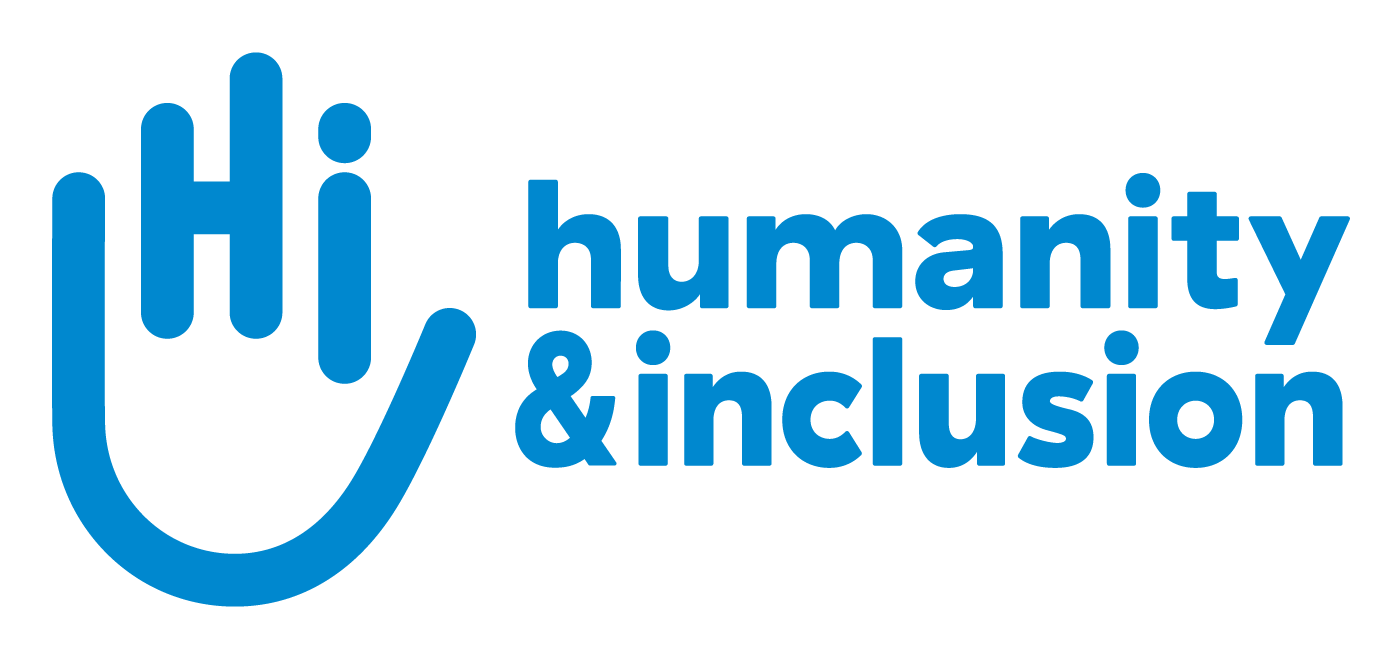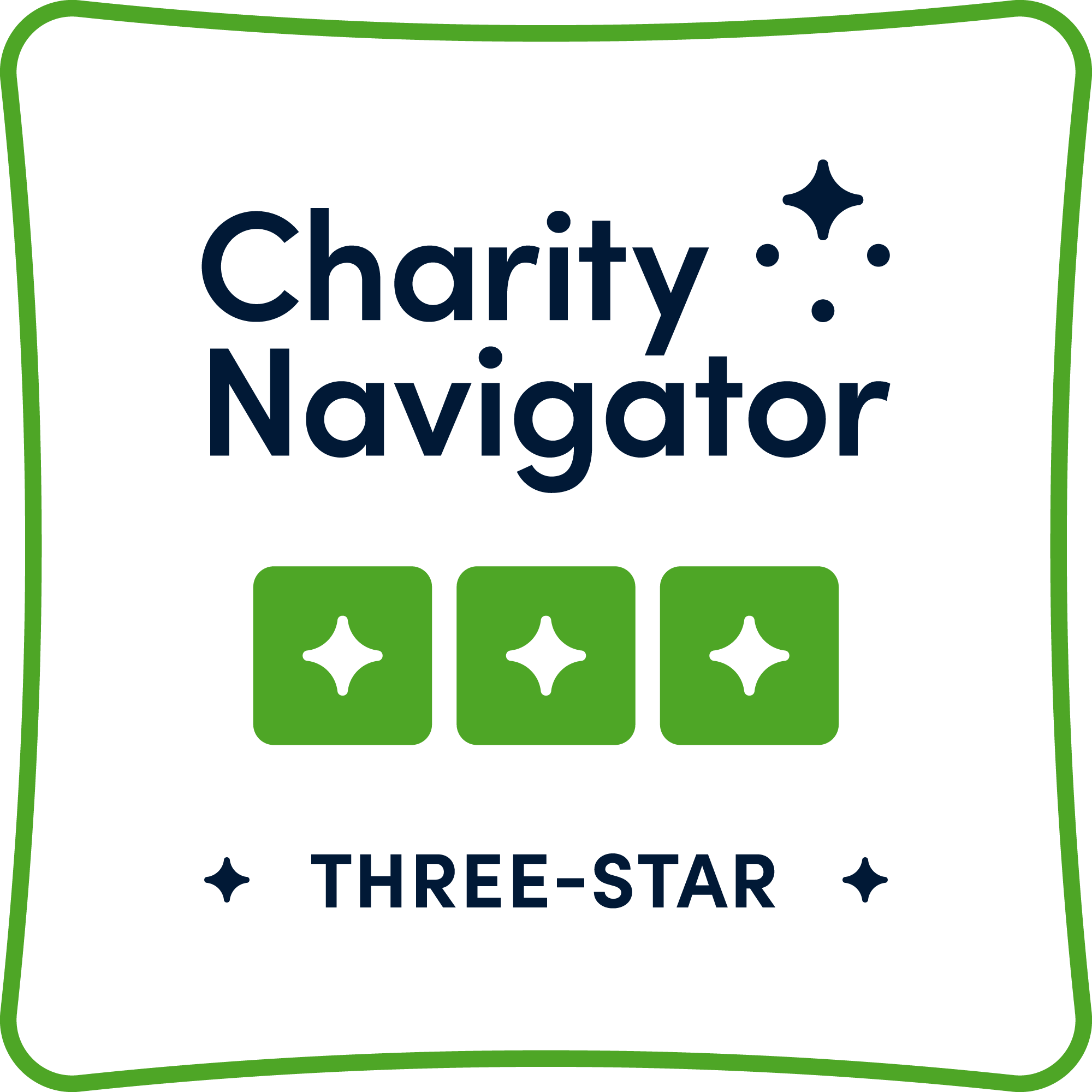Latest news
By country
By activity
- Rights (127)
- Emergency (669)
- Rehabilitation (491)
- Prevention (99)
- Inclusion (280)
- Health (198)
- Explosive weapons (356)
- Event (16)
- Covid-19 (5)
By publication date
Floods in Pakistan: HI is supporting the population as they cope with the disaster 09/11/25
HI is mobilizing to help the Pakistani population cope with the disaster. Torrential rains, landslides, floods... The humanitarian needs are immense.
- Pakistan
When hope is reborn: Nanay walks again thanks to HI 09/11/25
At 70, Nanay Benita has only one fear: not being able to escape in the event of a climate disaster. Thanks to the quad cane distributed by HI, she feels relieved.
- Philippines
HI prepares response to devastating earthquake in Afghanistan 09/03/25
On the night August 31, a 6.0-magnitude earthquake hit eastern Afghanistan. Faced with considerable damage and humanitarian needs, HI is deploying its emergency response.
- Afghanistan
Recovering from a mine accident and looking to the future: the story of Carlos Bolaños 09/02/25
Carlos stepped on a landmine, a devastating consequence of the violence that shakes Colombia. Now back on his feet, he is launching a livestock project to provide a sustainable income for his family.
- Colombia
Ukraine: wounded in an air strike, Oleksandr learns to walk again thanks to HI support 08/27/25
In August 2022, Oleksandr was seriously injured by an air strike in the south of Ukraine. Now living with paralysis from the waist down, he is embarking on a long rehabilitation journey with HI.
- Ukraine
"I Feel Strong": Rubi’s Journey from Loss to Motherhood in Bangladesh’s Refugee Camp 08/25/25
At just 17, Rubi faced the trauma of child marriage and losing her first baby, leaving her fearful and vulnerable during her second pregnancy. With medical and emotional support from HI, she safely delivered a healthy daughter and now dreams of giving her child the dignity and opportunities she never had.
- Bangladesh
Anoud from Syria: “I Stepped on the Threshold and My Life Changed Forever” 08/21/25
In the Al-Raqqa countryside of Syria, families rebuild lives interrupted by conflict. 55-year-old Anoud is learning to walk again after losing her leg to a landmine explosion.
- Syria
In Cuba, HI promotes inclusive food sovereignty 08/15/25
In Pinar del Río, the development of inclusive, family-based urban agriculture is helping communities to become self-sufficient and resilient in the face of disasters, while strengthening social ties.
- Cuba
In Syria, Hatem struggles to rebuild his life 08/15/25
Hatem is among the thousands whose lives have been torn apart by the war in Syria. Injured and displaced, he struggles to rebuild his life.
- Syria
Rehabilitation sessions continue in Gaza to prevent permanent disabilities 08/07/25
Door-to-door rehabilitation sessions continue in Gaza despite the horrible circumstances. Omnia is one of the hundreds of patients HI was able to reach.
- Occupied Palestinian Territory
Ahmed’s story: from bombing to recovery 08/07/25
In Gaza, bombing and shelling have left many people with deep injuries. Without proper rehabilitation services, they would have permanent disabilities.
- Occupied Palestinian Territory
Sanaa: A baby who waited for food 08/06/25
*Content Warning: mentions of starvation and the death of a child*
Sanaa, a one-year-old baby, died of starvation in Gaza. Her story tells of the desperate humanitarian situation and the consequences of man-made famine on the population.
- Occupied Palestinian Territory
Typhoon Wipha: HI responds to the humanitarian disaster 07/31/25
Typhoons, torrential rain, floods... HI was able to react from the very first days to cope with the consequences of the multiple storms that hit the Philippines.
- Philippines
Aid workers among Palestinians facing starvation 07/30/25
Humanity & Inclusion's Gaza team members share gutwrenching and critical firsthand updates on starvation and displacement among Palestinians, including humanitarian aid workers.
- Occupied Palestinian Territory
In the DRC, war has severe consequences on children's health 07/29/25
Fleeing violence leads to a loss of income and resources. To limit the effects of malnutrition on children, HI supports families. Ladislas, Divin's father, shares his story.
- Democratic Republic of Congo


















